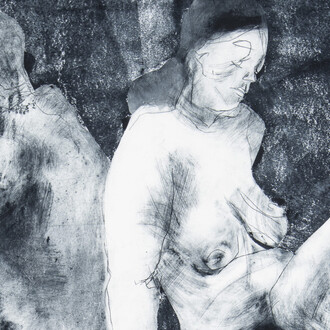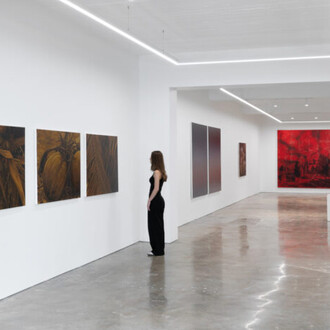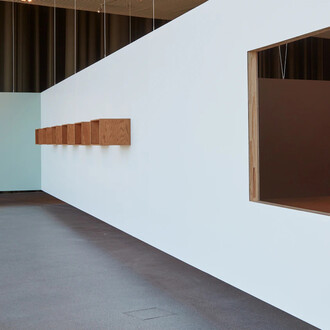Rooted in the artist’s Polynesian heritage, Idol delves into the tension between identity and idealisation, reverence and reality. Drawing inspiration from the presence of Tangaroa, the god of the sea, and the artist’s own personal loss—the death of their father, claimed by the ocean—Idol becomes a meditation on the fragile boundary between creation and destruction.
Through motifs of mirroring, splitting, and repetition, Idol evokes the cyclical nature of grief and the persistent pull of memory, folding the personal and the cultural into a landscape where both light and darkness can be worshipped.
Each painting in Idol celebrates self, myth, and memory, honouring the artist’s Polynesian roots as a storyteller and embracing a profound connection to ancestry. It is not only a reflection on heritage but a reimagining of the spaces in between, where the artist’s Pasifika, queer, mixed, and low socio-economic identities converge. In this space, the artist explores the complexities of identity—something both cherished and fragmented, simultaneously elevated and deconstructed. Idol invites viewers into a world where the sacred and the lost are intertwined, and where the act of creation becomes an act of mourning, reimagining, and transformation.














